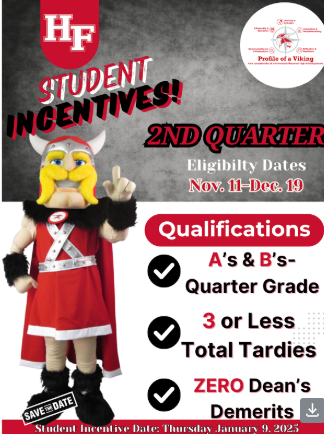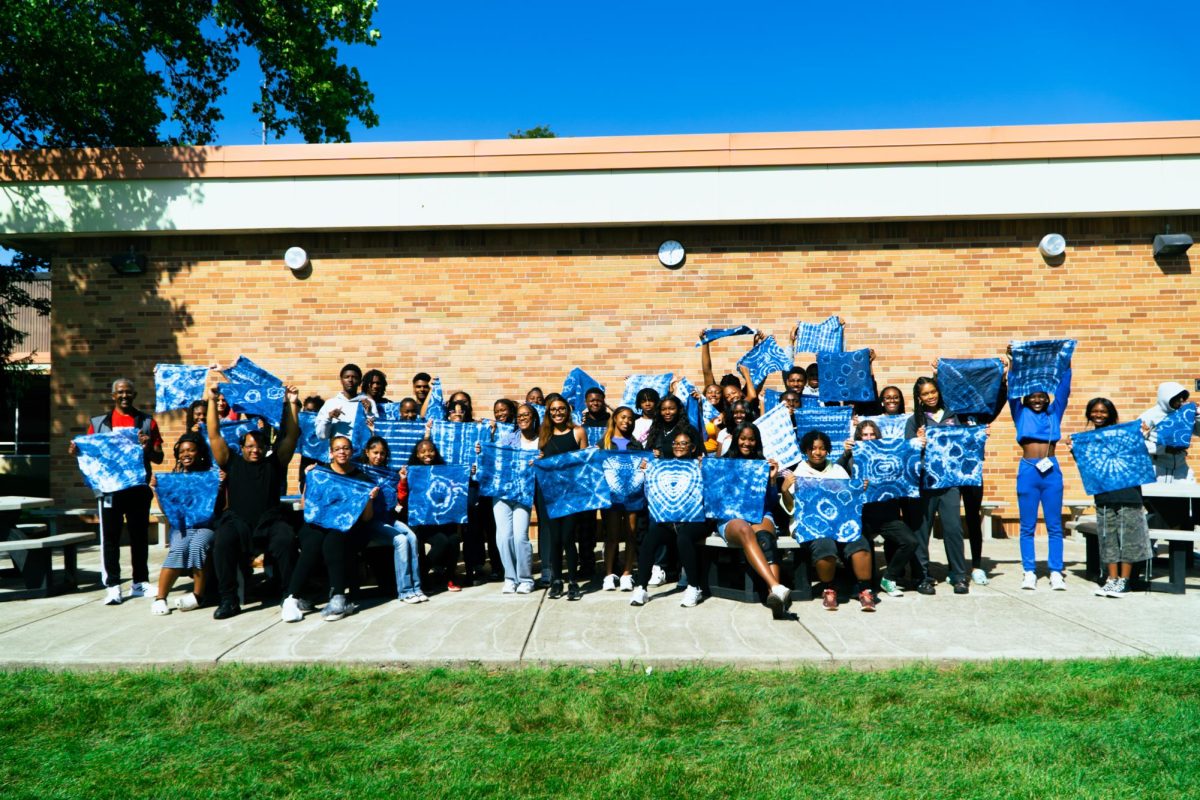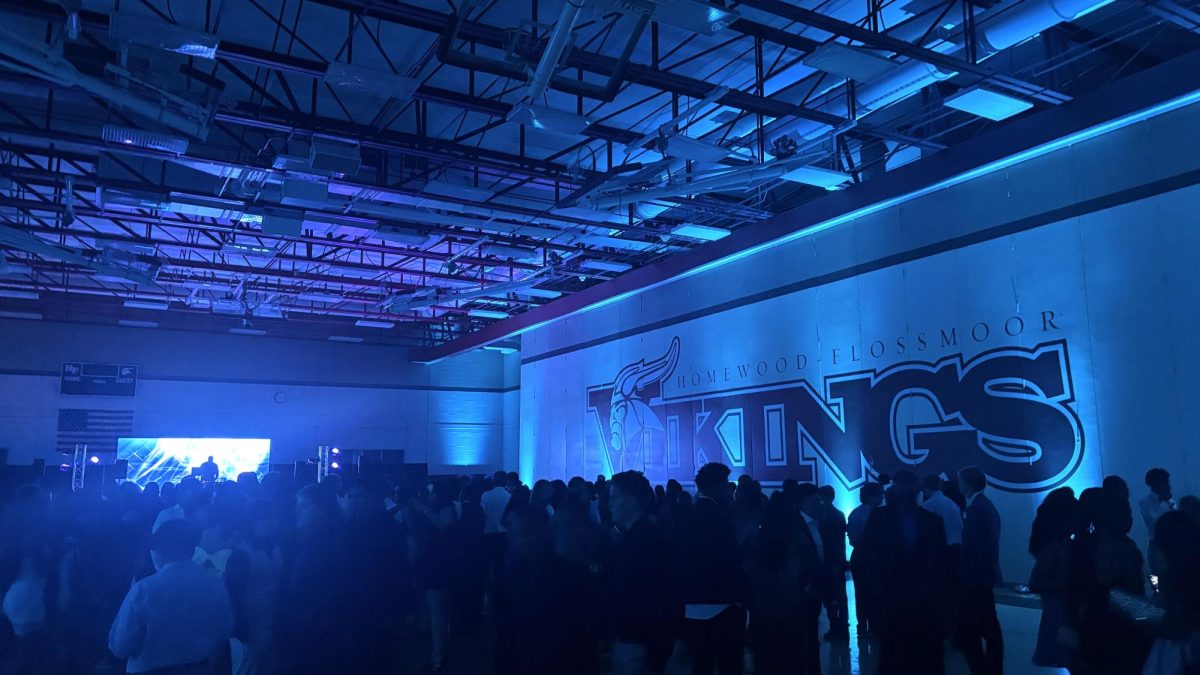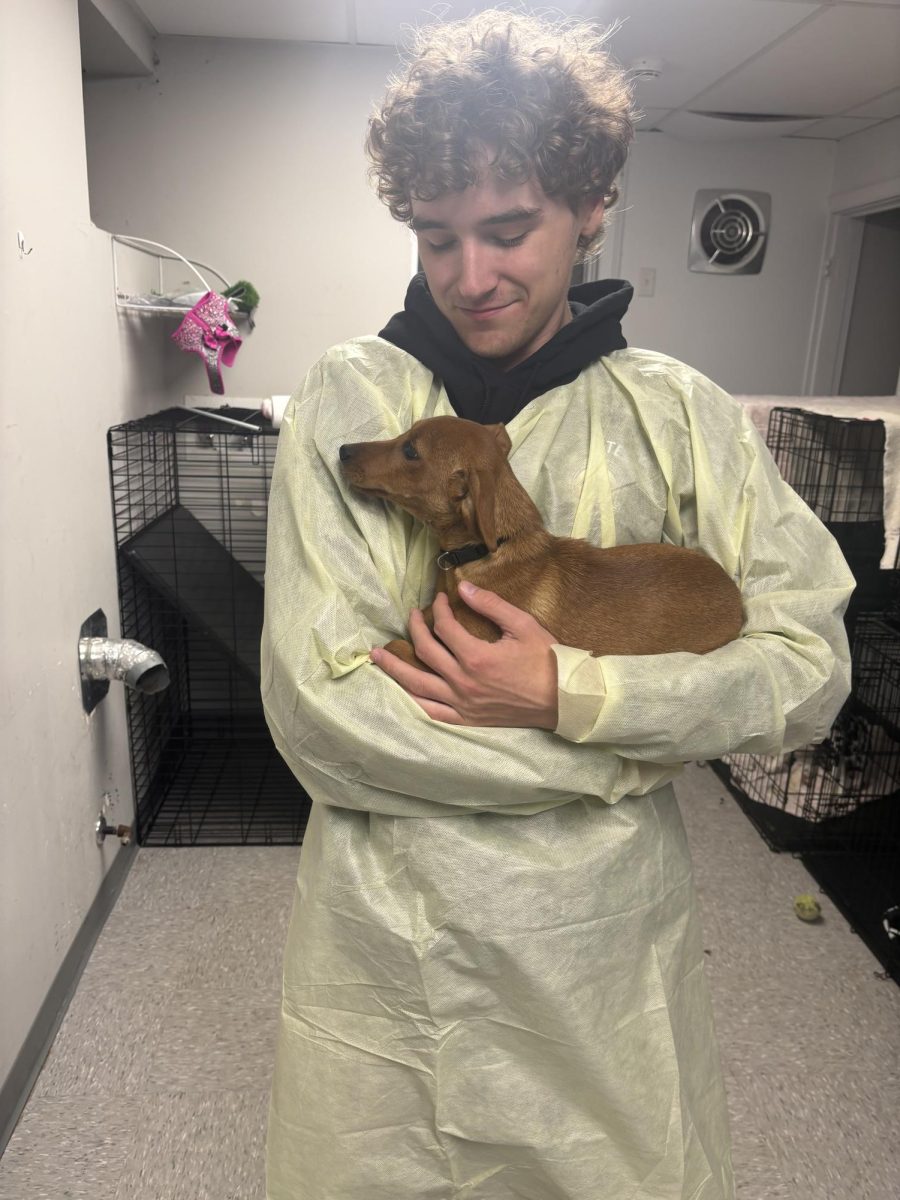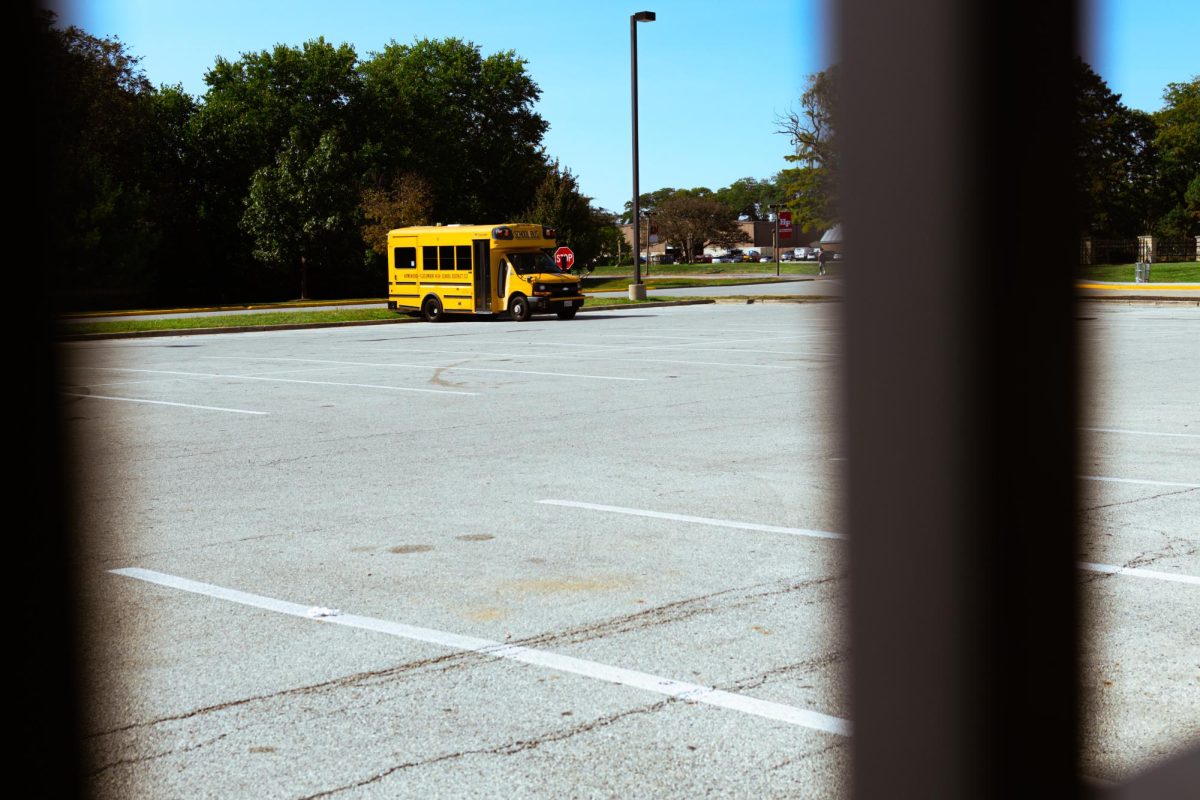At H-F, students have extra reason to aim for good grades and behavior: H-F’s quarter incentives. From dance parties to bingo breakfast, these rewards are designed to encourage excellence and celebrate student success.
But how are these rewards chosen, and what do students really think about them?
Students who meet the criteria for the quarter incentive receive an email invitation to attend these events, often held in the South building. The goal is to provide students with a break from the demands of high school while rewarding hard work.
The idea of quarter incentives was introduced by Principal Clinton Alexander as part of an initiative to motivate students, reward positive behavior and shape a culture of excellence at H-F.
According to Alexander, the program was created with equity in mind, ensuring all students have the opportunity to succeed and be recognized.
“Here at H-F, we have high standards,” Alexander said. “Not everybody can hit the metrics, but we try to find those individuals based on our data who meet personal growth metrics. It’s about rewarding effort and improvement, not just perfection.”
Planning these events requires extensive collaboration among school leaders. Director of activities Gail Smith shared that organizing incentives involves teamwork with the principal, the director of activities, assistant and associate principals, deans, the assessment chair and Student Government sponsors.
“The process involves collecting and analyzing data from PowerSchool to set criteria, researching options within budget, securing food supplies, or entertainment and coordinating logistics,” Smith explained. “We also communicate instructions to qualifying attendees and ensure the events run smoothly.”
Student input plays a role in shaping the rewards. Smith noted that past student activities influence the choices for incentives. For example, the silent dance party was inspired by a popular senior class event, Bon Voyage. Its success led to it becoming an all-grade event. The Principal’s Advisory Committee and Student Government members also provide feedback to refine future incentives.
The program’s goals go beyond simple recognition. Smith emphasized that these events aim to foster a growth mindset, reinforce positive behaviors and create a sense of belonging. “Collectively, these efforts promote what it means to be a Viking,” she said.
Students across grade levels have a range of opinions on how well these incentives work. Freshman Khristiana-Faith Brown is motivated by these events because they offer a much needed break and a chance to hang out with her friends. “It feels like I did my job because highschool is actually hard and it is great to be rewarded like this,” Brown stated.
For others, these events do not raise their expectations.
Junior Eric Baker shared, “I feel like this event was okay. Just like everything in life, it could use improvement.“
He added that, while these events are nice, they don’t necessarily motivate the student body to do better. Baker suggests adding more engagement types of activities, more hands-on experiences and better food.
Despite differing opinions, they both acknowledge that it is very important for the school to recognize these high achieving students. “It is very important that the school wants us to do well and have a good status. We are what makes H-F great,” Baker said.
These types of events are here to encourage school spirit and community, but their effectiveness is debated.
Brown noted, “A lot of students don’t care enough to get the incentive so the school community and spirit stays the same.”
As H-F continues to implement quarter incentives, student feedback could be key to making these events more engaging to everyone. This program has the potential to inspire students and strengthen the school’s sense of community.


